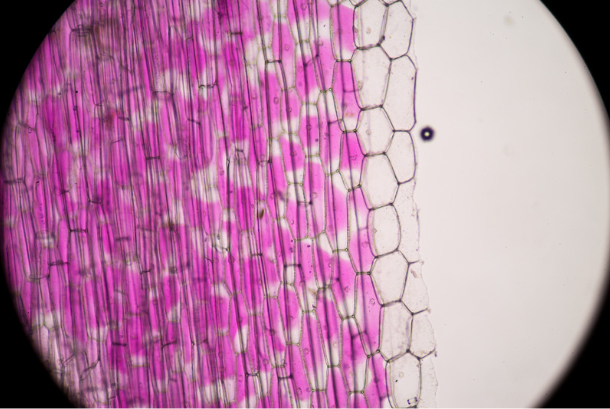In this blog, we will dive deep into the cellular structures and processes involved in the healing process after laser tattoo removal and how it involves the risks associated with re-treating the skin too soon.
The Healing Process: Organelles and Cellular Processes at Work
A complex series of organelles and cellular processes come into play as your skin responds to laser tattoo removal. Let’s take a closer look at these key components and their roles in the healing process:
- Lysosomes: Often referred to as the “garbage disposal” of the cell, lysosomes contain enzymes that break down and remove the fragmented ink particles after laser tattoo removal. These enzymes degrade the ink particles engulfed by immune cells during phagocytosis. Adequate time between treatments is necessary for lysosomes to process the ink particles efficiently.
- Mitochondria: Dubbed the “powerhouses” of the cell, mitochondria produce the energy required for various cellular functions and healing processes. Laser treatment can cause localized damage to skin cells, which need additional energy to repair and regenerate. Overlapping treatments can stress the mitochondria and impair the healing process.
- Cellular stress response: Laser treatment induces a cellular stress response, activating signaling pathways and molecular chaperones that protect cells from damage and maintain cellular homeostasis. Re-treating the skin too soon can disrupt this response, making cells more susceptible to damage and reducing the effectiveness of the healing process.
- Inflammation and wound healing: The skin’s response to laser treatment is a complex, multi-step process, consisting of inflammation, proliferation, and remodeling. Each stage of the wound healing process involves various cellular and molecular processes, such as cytokine signaling, cell migration, and collagen synthesis. Insufficient time between treatments can disrupt these processes, impairing overall healing.
- Melanogenesis: Melanin, the pigment responsible for skin color, plays a protective role in the skin. Laser treatment can cause temporary changes in melanin production, affecting the skin’s response to subsequent treatments. If re-treatment occurs too soon, it may disrupt melanogenesis, increasing the risk of pigmentary changes like hyperpigmentation or hypopigmentation.
The Risks of Re-treating Too Soon
Understanding the risks associated with re-treating the skin too soon is crucial to a successful tattoo removal process. These risks include:
- Incomplete removal of ink particles: Performing subsequent treatments too soon may not give the immune system enough time to clear ink particles from the previous session, making the new treatment less effective.
- Increased risk of scarring: The additional laser exposure resulting from overlapping treatments can increase the risk of scarring and other skin damage, such as hyperpigmentation or hypopigmentation.
- Impaired healing: Insufficient time between treatments may result in delayed or impaired healing, as the skin may not have had enough time to regenerate.
- Increased pain and discomfort: The skin may still be sensitive and inflamed after the initial laser treatment, and re-treating too soon can cause increased pain and discomfort for the patient during the procedure.
- Reduced effectiveness of subsequent treatments: Overlapping treatments too closely can result in reduced effectiveness of the laser, as the skin’s natural defenses may not have had enough time to return to their normal state, potentially leading to a decreased response to the laser.
To avoid these risks and ensure the best possible results, it is crucial to follow the recommended time intervals between laser treatments. Conventionally, these intervals ranged from 6 to 8 weeks, with some exceptions. Now after two years of working in this field and comparing hundreds and hundreds of ‘Before & After’ photos, I’ve come to conclude that the average client benefits from nearly double this amount.
Navigating the world of laser tattoo removal can be a challenging endeavor, but understanding the cellular structures and processes involved in the healing process can make a significant difference in achieving successful results. Adhering to the proper intervals between laser treatments is essential for minimizing potential complications and maximizing the benefits of the procedure (and not to mention, save you money on unnecessary sessions).
By giving your skin the time it needs to recover and regenerate, you allow the intricate cellular processes to work their magic, ensuring a smoother, more effective tattoo removal experience.


